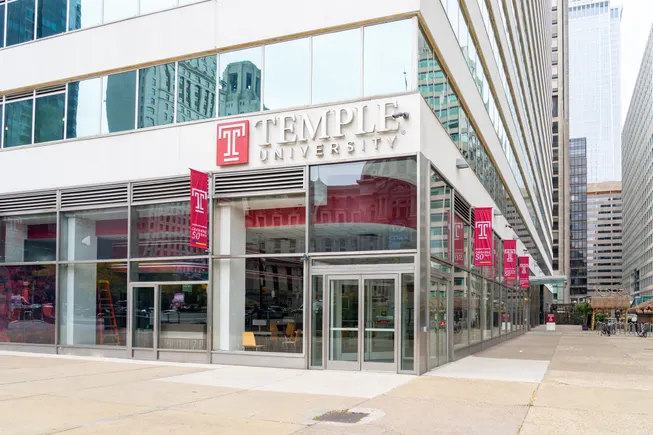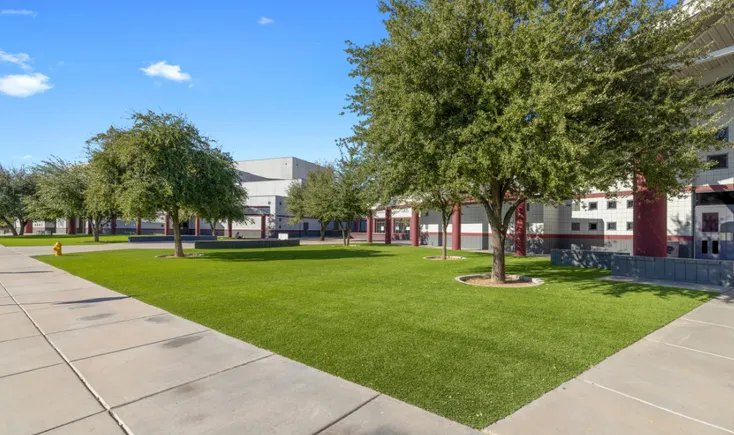This isn’t unique to my state, but it’s my first time encountering it.
Pennsylvania’s state government runs on a July-to-June fiscal year, which means that it was supposed to have passed a budget for this fiscal year by July 1.
It hasn’t passed one yet, and passage doesn’t look imminent.
This is becoming a problem.
It’s already a problem for our county, which has announced cuts. And it’s increasingly a problem for the college.
Based on previous years, we’ve expected the state allocation to cover a little over 40 percent of the operating budget. (The county’s figure is much lower.) So far this year, it has covered zero percent, for a difference of—let’s see, carry the three—millions.
We have reserves, and they’ve come in handy. But they’re meant to even out cash flow over the course of a year, to cover emergencies and to help with large expenses. They were never intended to supplant the state’s role in the budget. Our CFO recently had to calculate the number of months we could go without the state allocation, which is a number you never want to matter.
For those keeping score at home, reserves at a community college are very different from endowments at universities. Endowments are generated mostly from a combination of donations and investment returns, and they’re meant to “throw off” a certain amount per year to pay for other things. Those other things can be the operating budget, or scholarships, or facilities, as specified. (Endowment funds are a mix of restricted and unrestricted. Restricted funds can only be used for designated purposes; unrestricted funds are more flexible.)
Reserves, by contrast, are generated from operational savings and are meant to provide a bit of buffer. They’re almost always invested very conservatively because they’re meant to be liquid. Endowments can take greater risks because they’re intended to have much longer time horizons. If endowments are like retirement accounts, reserves are closer to savings accounts.
They’re crucial for cash flow because peak revenue times and peak spending times don’t always align. For a college on a traditional calendar, August shows high revenues and low spending, and October shows high spending and low revenues. That’s because students pay tuition in August to take classes in October.
Reserves can create perverse incentives for legislators. A legislator looking to pay for some other line item closer to his heart may see a public college with relatively healthy reserves as a painless target for cutting. But once reserves are spent, they’re spent, and one of the dangers of public-sector math is that even a single year’s cut can become a new baseline. At that point, climbing out of the hole can become a Sisyphean nightmare.
In practice, that means that public colleges have to perform a delicate balance with reserves. Save too much, and you become a tempting target. Save too little, and you may find yourself in a tight spot if something happens.
Right now, something is happening—or not happening, to be exact—with a major impact. The frustrating part is that the something in question is unnecessary. This isn’t the aftermath of a natural disaster; it’s collateral damage from a political standoff. The fact that it leaves us much more vulnerable to, say, a natural disaster doesn’t seem to bother legislators.
So, my request to the elected leaders of Pennsylvania, and to other states in similar spots: Pass a budget! Reserves weren’t meant for this.









